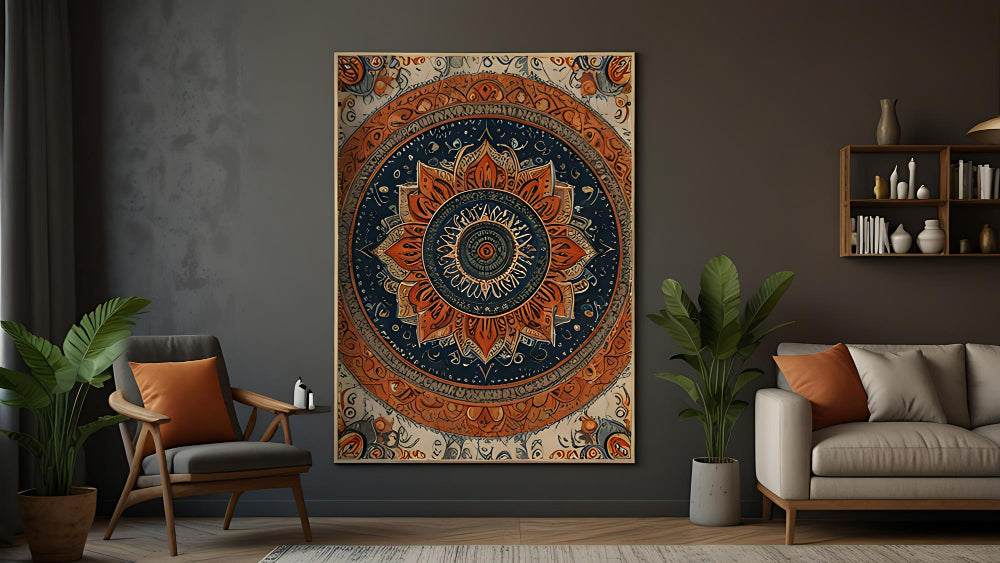
Color Symbolism in Mandalas
Color Symbolism in Mandalas
In the intricate patterns and shapes that abound in mandala art, the observer is met not only with an eye feast but also deep spiritual and cultural translation. The colors have meanings that further permit one to understand the depth behind the message conveyed by the artwork. If one understands symbolism regarding color in mandala art, it is now possible to appreciate them on a deeper scale and relate more to the intended spiritual meaning.
Meaning of Color
Mandalas are colored in a manner where each color represents emotions, energies, and aspects of life. Here is an up close look at some of the common colors and their meanings:
Red: Generally known as describing passion, energy, red for mandalas is symbolic of vitality and life force. It is power in love and strength, which inspires courage and determination.
Blue: This color represents coolness and serenity; thus, blue is widely used to symbolize communication and wisdom. A gentle hue of blue in the mandala may therefore represent serenity and clarity of mind; it is a way of intuition as well as brain reflection.
Yellow: Yellow is a symbol of happiness, joy, and intellect. Light-influenced yellow mandalas are simply the source of positive and hopeful inspiration. It symbolizes the enlightenment of the consciousness and the spirit-it tells one to be happy and open to creativity.
Green represents nature and growth. It is a color of harmony and balance. It symbolizes renewal, healing, and unity in nature and the world. Mandalas can often use green to symbolize healing and connection as well as every living thing, evoking a sense of unity and peace.
Purple is often symbolic of the spiritual realm and higher consciousness. Purple, in mandalas, symbolizes transformation and enlightenment. It encourages people to explore their spiritual journey and invite a deeper understanding of purpose.
Black and White: Black generally represents unknown or mysterious things, and white conveys a sense of purity and clarity. The union of the colors black and white in mandalas can explain the balance between opposites, such as light and darkness or good and evil.
Making Meaningful Mandalas
To create or determine a meaning of a mandala, colors then become necessary to construct the message or feeling one intends. An artist may just choose them on purpose because of their personal experiences, emotions, or spiritual beliefs that may guide the reasoning behind the choice of colors, giving richness to both the visual and spiritual values of the mandala.
Conclusion
However, the colour symbolism in mandala art unravels their mystical layers of emotional and spiritual detailing attached to this ancient art form. Every color reveals a separate meaning that makes mandalas potent tools for meditation, reflection, and healing. Knowing these meanings can enable human involvement in mandala art much more radically, bringing it closer to people and guiding them toward self-discovery and enlightenment in their own personal processes. As we accept ourselves deeply into the beauty of mandalas, we also embrace the wisdom of color, which gives us an even greater connection with the art and with ourselves.
Color Symbolism in Mandalas








